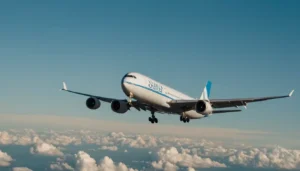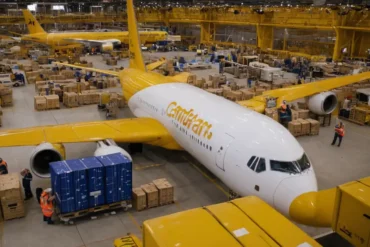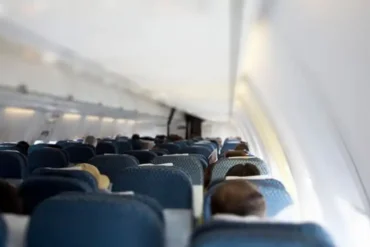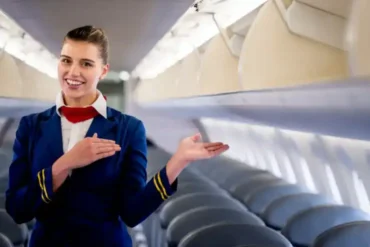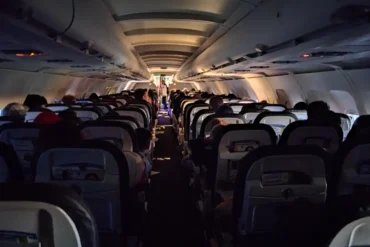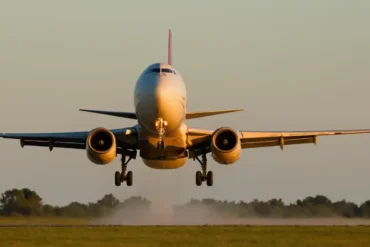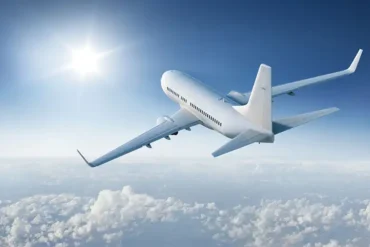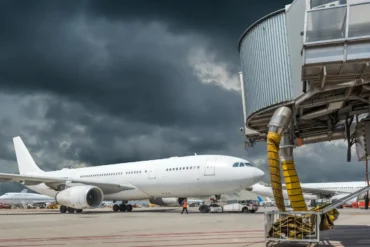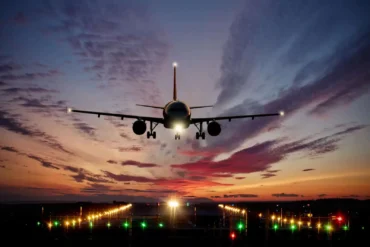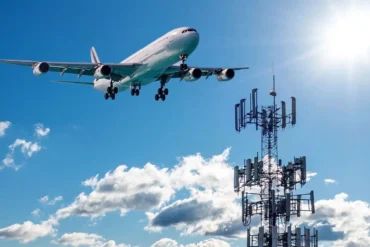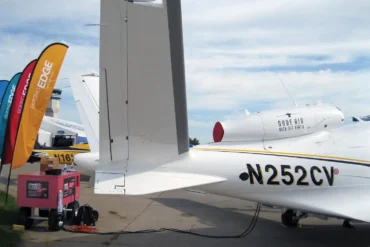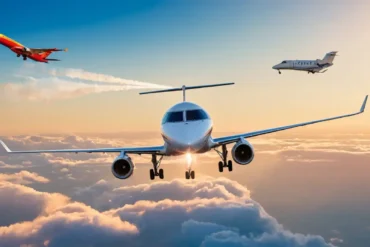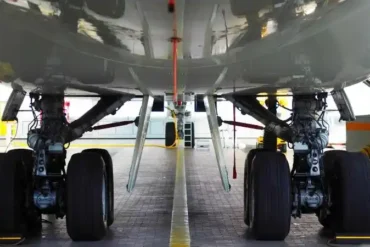Have you ever wondered where the oxygen inside an airplane cabin comes from? Whether you’re on a small Cessna or a massive aircraft like the Airbus A380, breathing comfortably at 35,000 feet feels effortless. So how do airplanes make sure there’s always fresh oxygen in the cabin without passengers needing oxygen masks?
Where Cabin Oxygen Comes From
The answer is pretty simple – airplanes pull in fresh oxygen for the cabin from the outside air around the aircraft. No matter how big the airplane is or how high it flies, there’s always plenty of oxygen in the air outside. By tapping into this huge supply, airplanes can easily create a comfortable environment with enough oxygen for passengers.
How Cabin Air is Processed
To make the air safe for passengers, airplanes have to process the outside air before bringing it into the cabin. At very high altitudes, the outside air doesn’t have enough oxygen in it for people to breathe easily. So airplane systems are designed to refine the air before circulating it throughout the cabin.
During flight, air gets pulled into the airplane’s jet engines. Passing through the engines, the air goes through several steps that compress and heat it up, turning it into air we can breathe. After being processed this way, the air gets piped into the cabin.
While some of the air gets used for combustion in the jet engines, not all of it gets used up. Some bypasses the engines completely, saving it to use in the cabin.
Why can’t airplanes just use the outside air directly in the cabin? As mentioned above, the oxygen levels are too low at high altitudes. Breathing air that lacks oxygen can lead to a condition called hypoxemia. So the air has to go through the compression process in the engines to make it safe.
In summary, the cabin air originates from the air outside the aircraft. The air enters the jet engines and goes through several steps like compression. This vital process, used widely in aviation, ensures there’s enough breathable air in the cabin for passengers.
